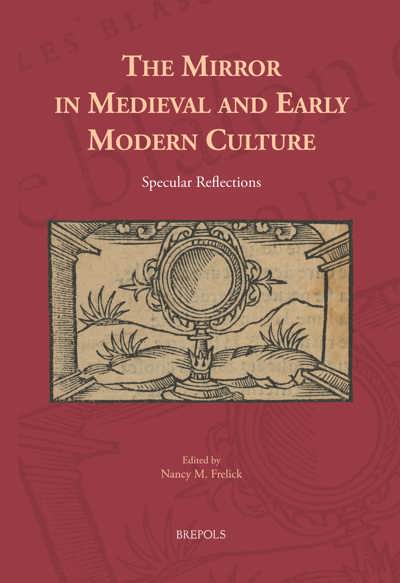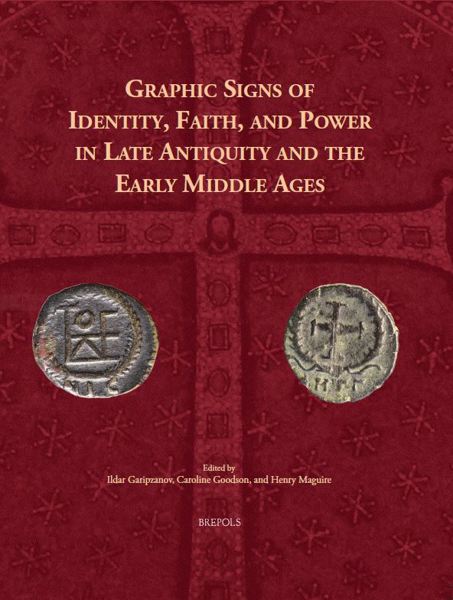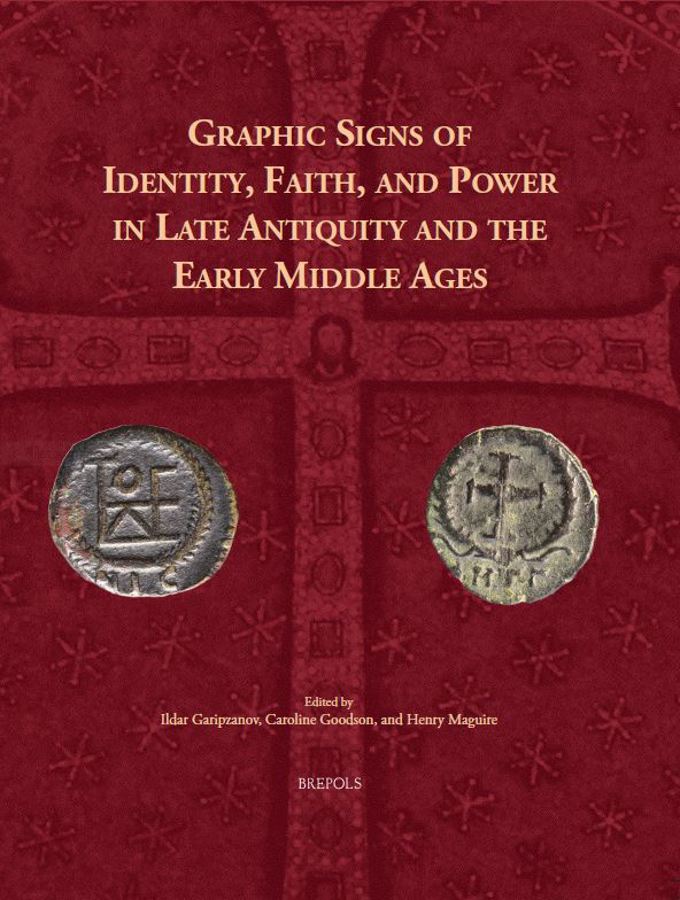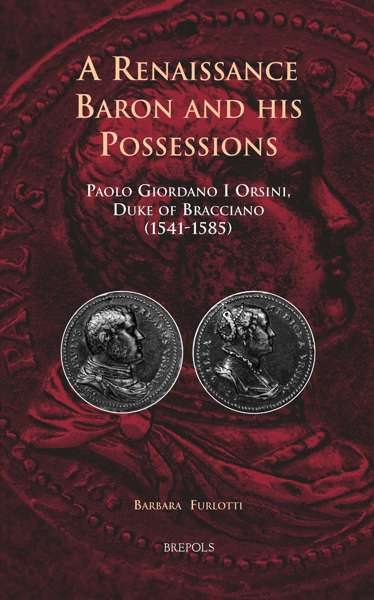
Graphic Signs of Identity, Faith, and Power in Late Antiquity and the Early Middle Ages
Ildar H. Garipzanov, Caroline Goodson, Henry Maguire (eds)
- Pages: xviii + 394 p.
- Size:156 x 234 mm
- Illustrations:141 b/w, 2 tables b/w.
- Language(s):English
- Publication Year:2017
- € 120,00 EXCL. VAT RETAIL PRICE
- ISBN: 978-2-503-56724-2
- Hardback
- Temporarily Out of Stock
Brings together historians, art historians, and archaeologists to discuss the role of graphic representational signs and symbols and to look at contexts facilitating their dissemination in a wide range of media in the late Roman and post-Roman worlds
"(...) the collection does an excellent job of showcasing the value of materially focused cross-disciplinary investigation as a means of accessing how people in the past thought about, engaged with, and made use of signs and symbols to forge and broadcast identity and authority." (Daniel Melleno, in The Medieval Review, 2017.12.20)
“This illuminating collection of essays surveys ‘visual media in Late Antiquity and the early Middle Ages’ (p. 5), from a variety of methodological angles and scholarly disciplines.” (Michael Edward Stewart, in Parergon, 34/2, 2017, p. 199)
“The present volume admirably showcases the performative dimension of material artefacts ornamented with graphic signs.” (Brigitte M. Bedos-Rezak, in Francia-Recensio, 2, 2018)
“Insgesamt handelt es sich um ein höchst spannendes und empfehlenswertes Werk, das allerdings einige Ansprüche an seine Leser stellt.” (Renate Pillinger, in Zeitschrift für Antikes Christentum, 22/1, 2018)
In this volume, twelve specialists examine the role of graphic signs such as cross signs, christograms, and monograms in the late Roman and post-Roman worlds and the contexts that facilitated their dissemination in diverse media. The essays collected here explore the rise and spread of graphic signs in relation to socio-cultural transformations during Late Antiquity and the early Middle Ages, focusing in particular on evolving perceptions and projections of authority. They ask whether some culturally specific norms and practices of graphic composition and communication can be discerned behind the rising corpus of graphic signs from the fourth to tenth centuries and whether common features can be found in their production and use across various media and contexts. The contributors to this book analyse the uses of graphic signs in quotidian objects, imperial architectural programmes, and a wide range of other media. In doing so, they argue that late antique and early medieval graphic signs were efficacious means to communicate with both the supernatural and earthly worlds, as well as to disseminate visual messages regarding religious identity and faith, and social power.
Introduction: Late Antique and Early Medieval Graphic Signs of Authority — ILDAR GARIPZANOV
Part One. Graphic Signs in Manuscript Culture
Earliest Christian Graphic Symbols:Examples and References from the Second/Third Centuries — LARRY W. HURTADO
Machina sacra: Optatian and the Lettered Art of the Christogram — MICHAEL SQUIRE and CHRISTOPHER WHITTON
Notitia dignitatum — BEAT BRENK
Early Medieval Display Scripts and the Problems of How We See Them — DAVID GANZ
Part Two. Graphic Signs in Public Spaces and Everyday Material Culture
Blessing or Security? Understanding the Christian Symbols of a Monumental Aqueduct Bridge in the Hinterland of Late Antique Constantinople — JAMES CROW
Cross Graffiti as Physical Means to Christianize the Classical City: An Exploration of Their Function, Meaning, Topographical, and Socio-Historical Contexts — INE JACOBS
How Did Early Byzantine Ornament Work? — HENRY MAGUIRE
Christograms on North African Lamps: Considering Context — CAROLINE GOODSON
Part Three. Graphic Signs on Material Objects of Status and Authority
Between Amuletic Ornament and Sign of authority: Christian symbols on Mediterranean Dress Accessories of the Fourth to Sixth Centuries — CHRISTOPH EGER
Monograms as Graphic Signs of Authority on Early Medieval Coins (from the Mid-Fifth to the Seventh Century) — ILDAR GARIPZANOV
Memory and Meaning: Graphic Sign and Abstract Symbol in Byzantine Silk Weaving (from the Sixth to Tenth/Eleventh Centuries) — ANNA MUTHESIUS
Index




